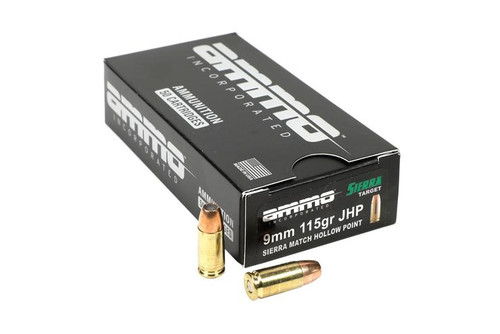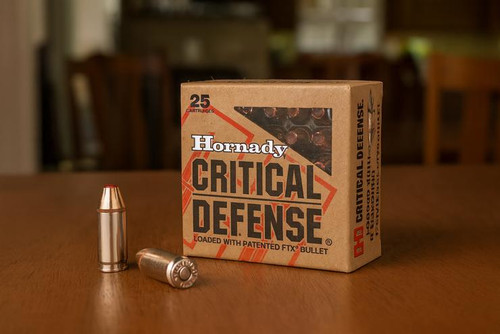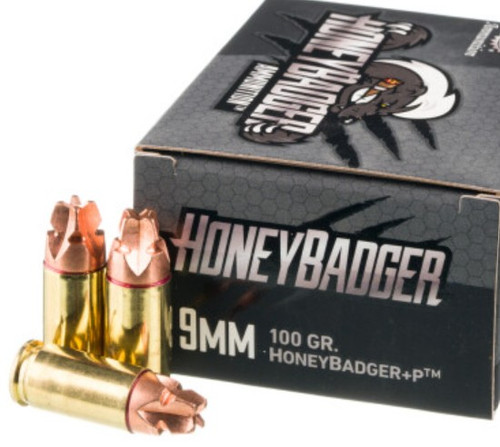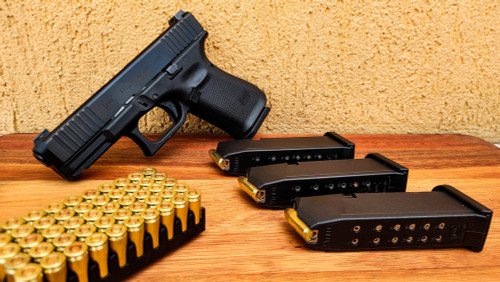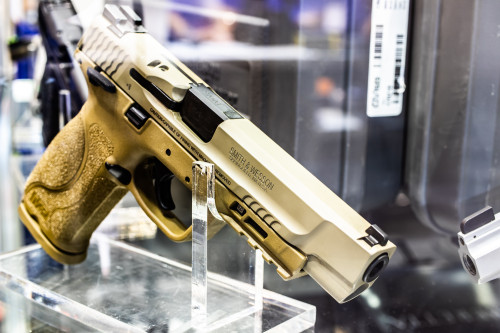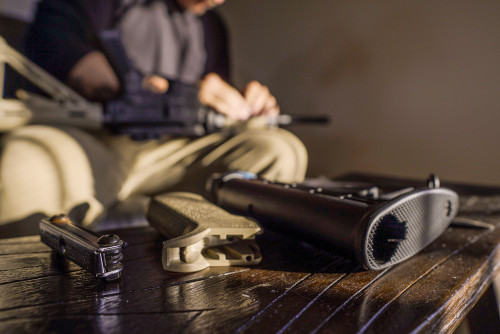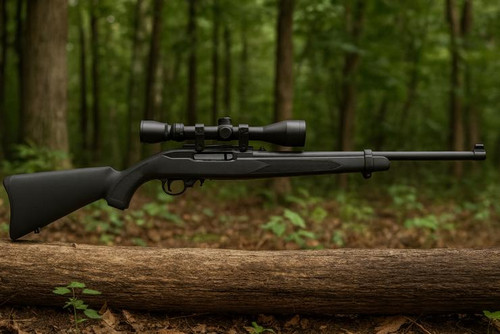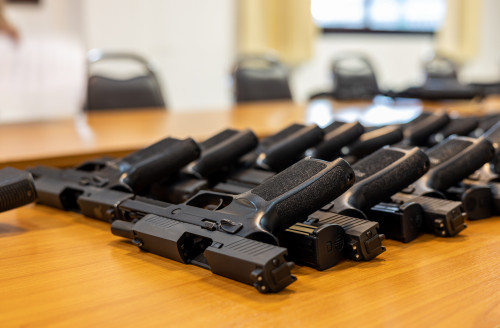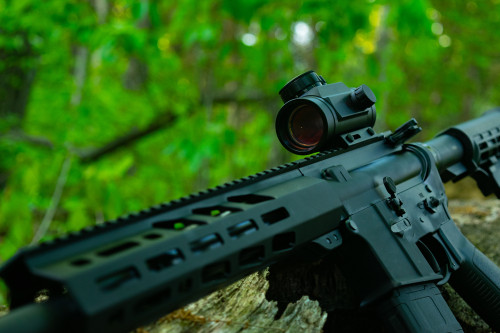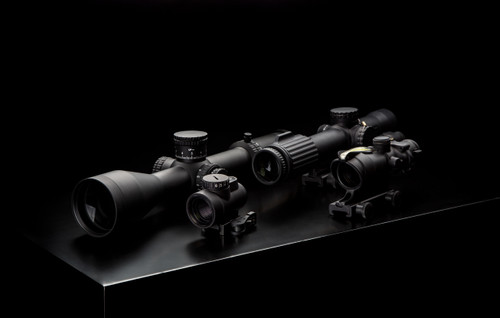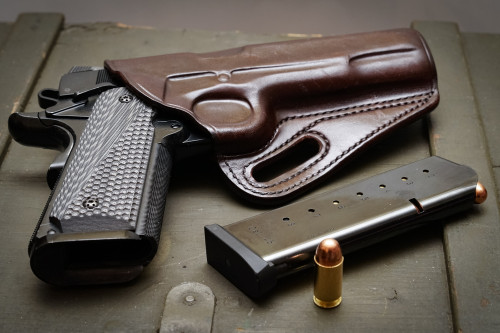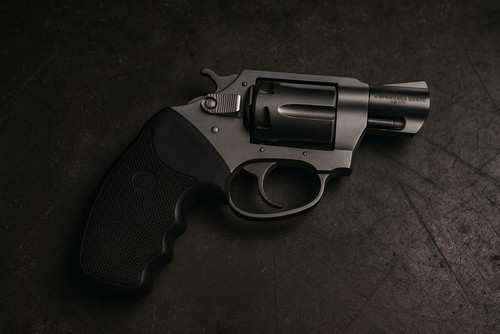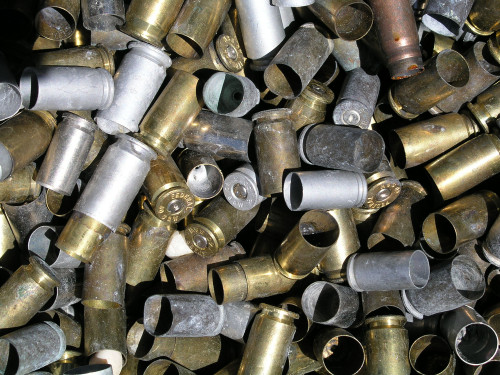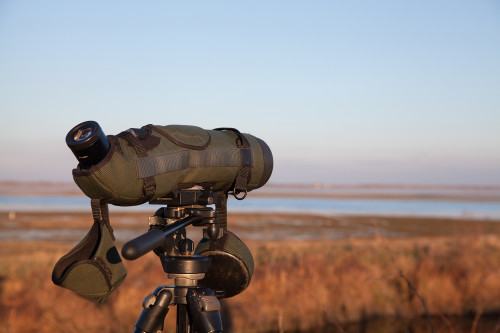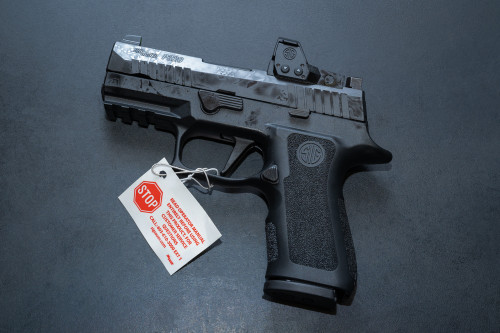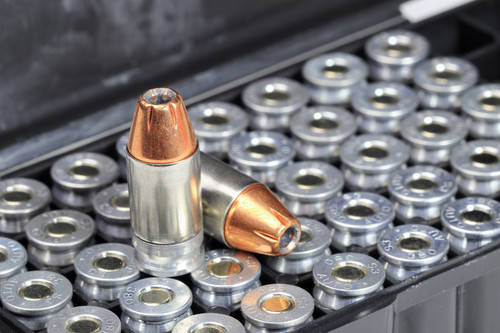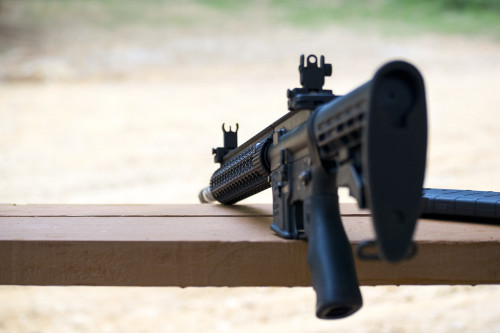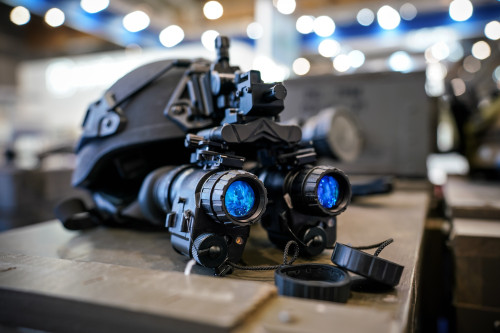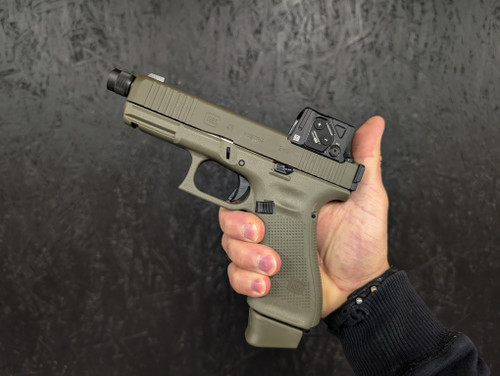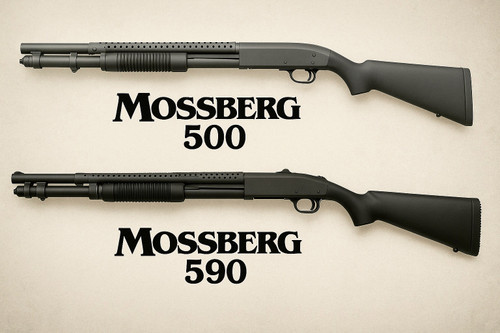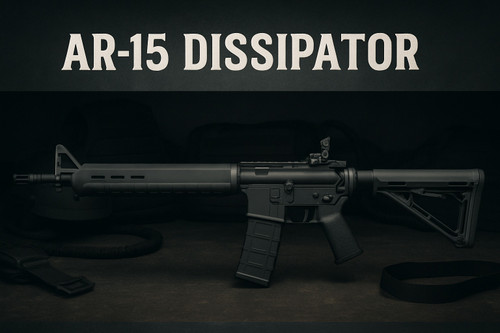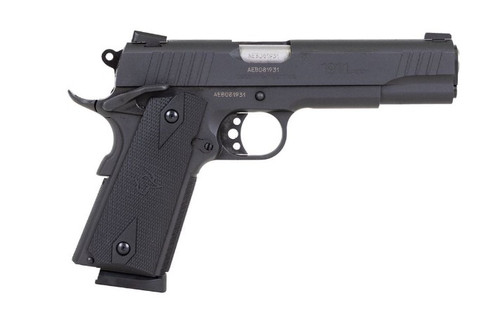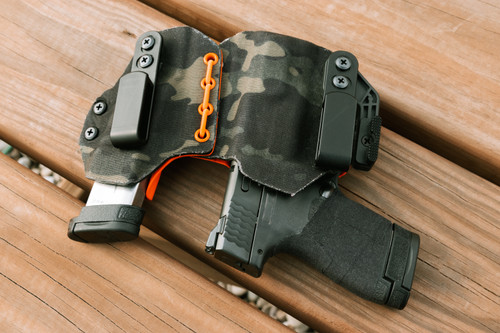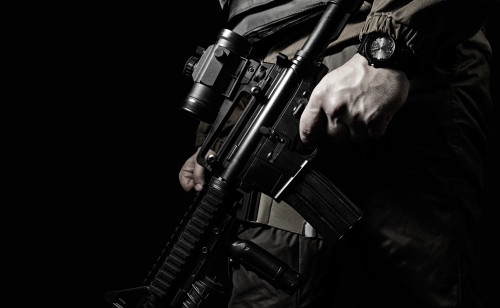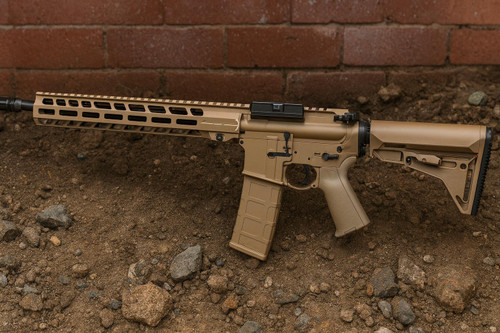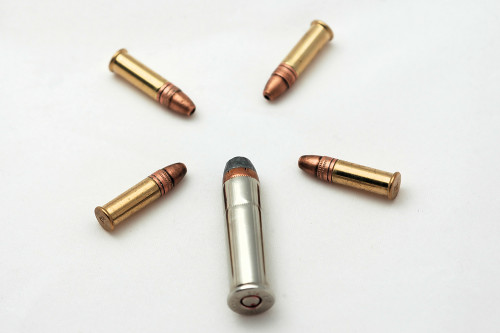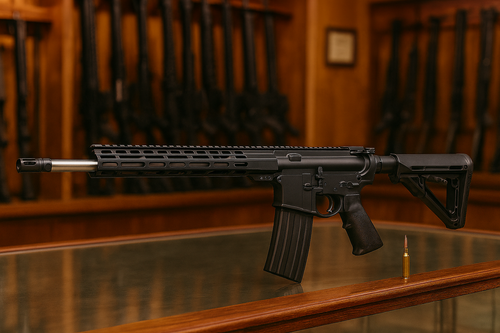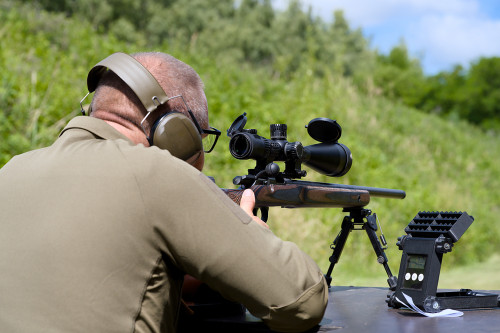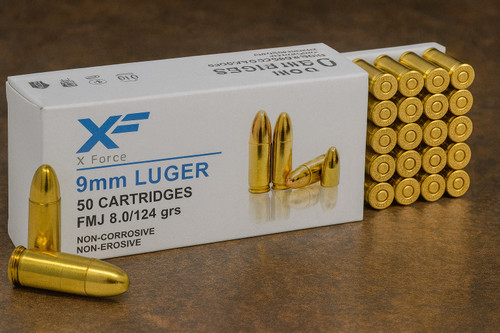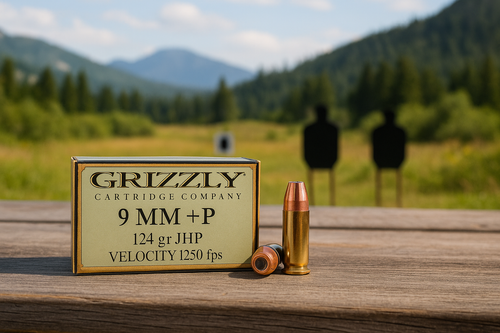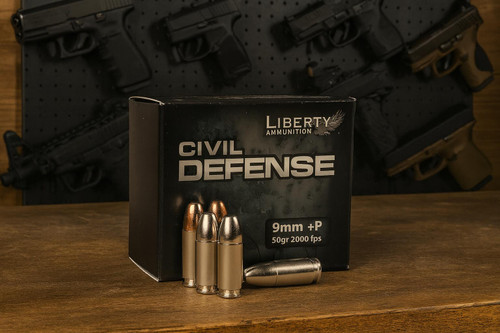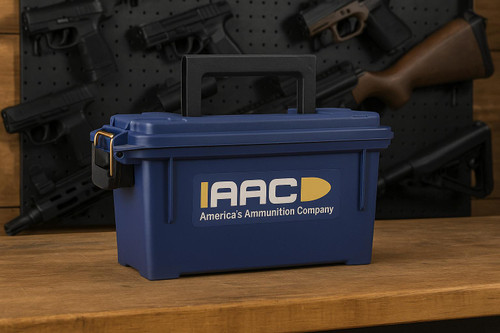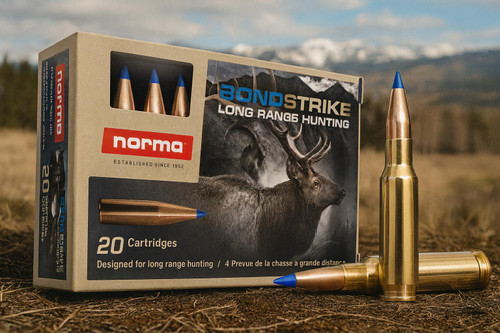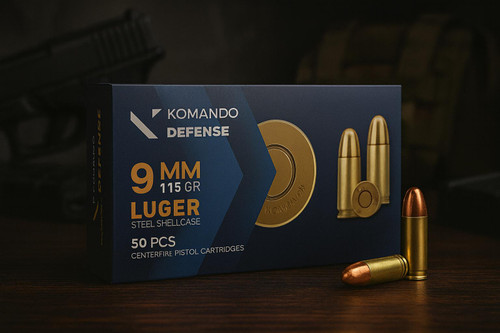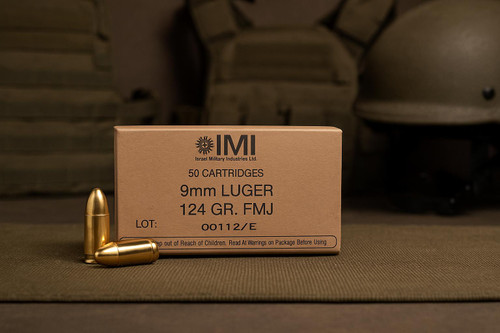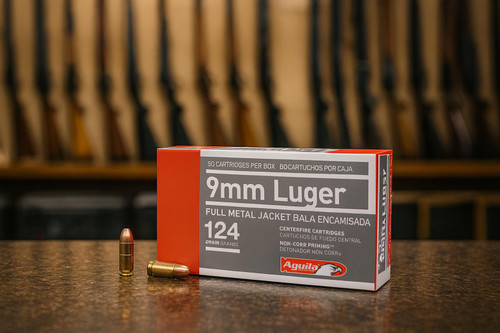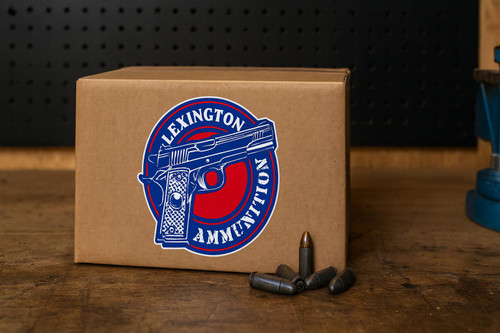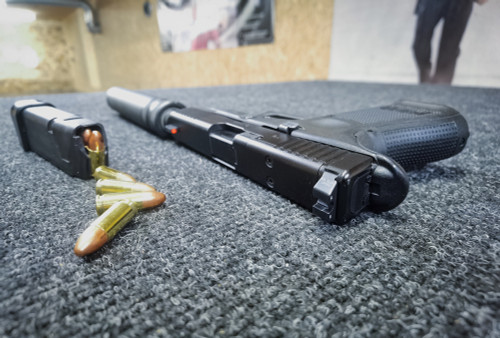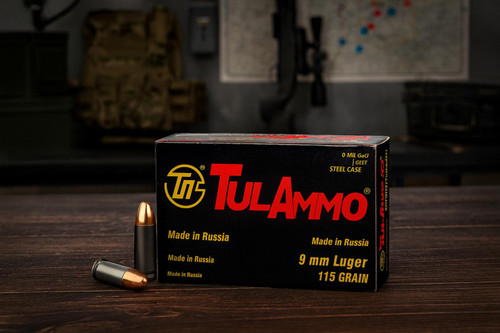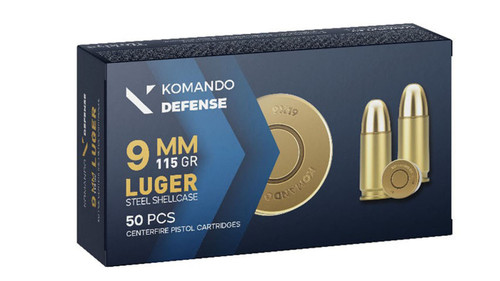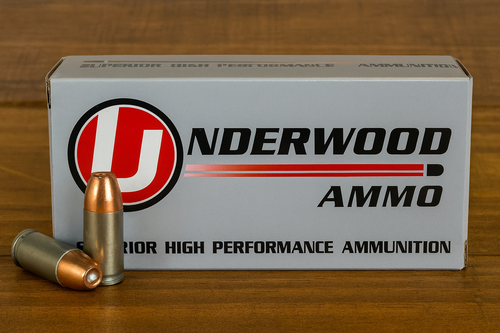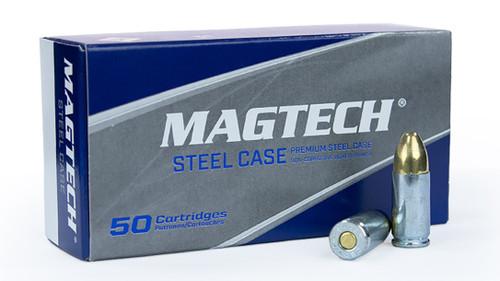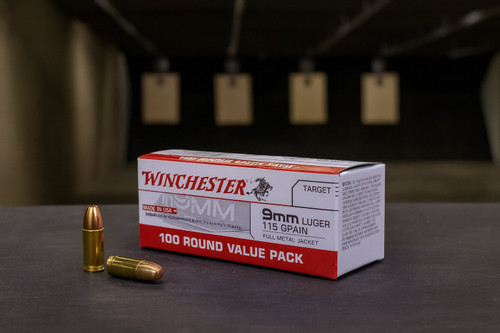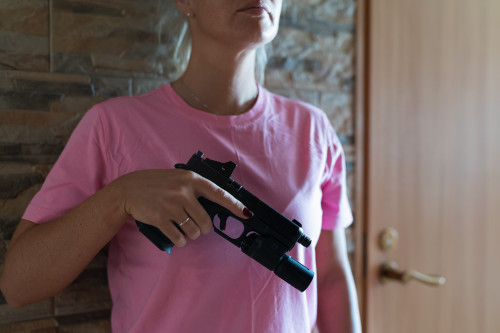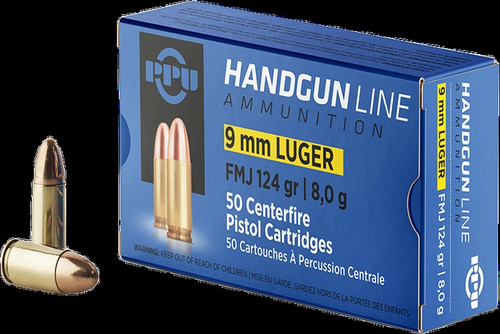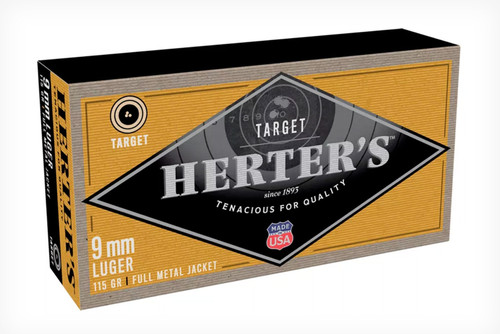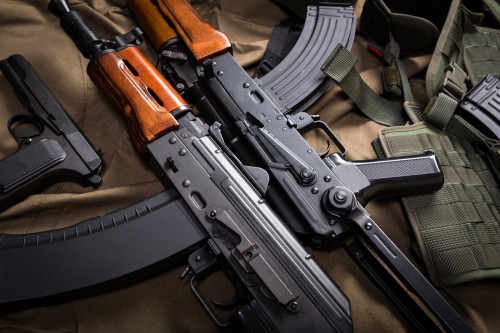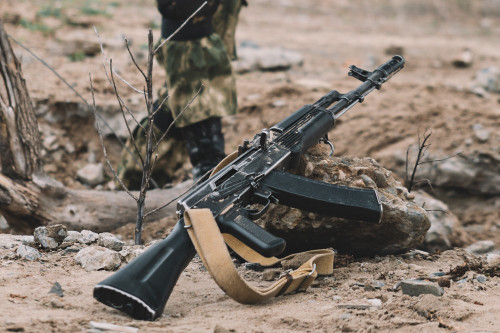Quick Answer
Backup Iron Sights (BUIS) are essential when optics fail. Our top picks based on extensive research: Editor's Pick: Magpul MBUS 3 (affordable polymer), Best Metal: Magpul MBUS Pro (premium steel), Best Value: Troy Micro HK-Style (quality aluminum), Simplest: FAB Defense Flip-Up (manual operation), Best Offset: Surefire Rapid Transition Sights (fastest transitions).
Key Takeaways
- Optics fail; BUIS keeps you shooting.
- Polymer = lighter, cheaper; steel = tougher, finer tolerances.
- Flip-up streamlines; offset enables fastest transitions.
- Front adjusts elevation; rear adjusts windage.
- Zero properly; practice switching quickly.
During a recent range session, I noticed a shooter's red dot battery died mid-target engagement. He simply flipped up his backup iron sights and continued shooting without much interruption. It was a good reminder that electronics can fail at any time, and having BUIS ready to go keeps you in the game with minimal fuss.
Do not mount polymer front sights on gas blocks. Use on same-plane handguard rails only (heat + height mismatch on gas blocks can damage polymer and impact zero).
Test Protocol & Selection Criteria
These BUIS recommendations are grounded in our team's experience from military service, competitive shooting, and working in gun shops, combined with detailed product research and community feedback. Each set was assessed using the following criteria:
- Durability through drops, thermal cycling, and rough handling
- Precision of adjustments for both windage and elevation
- Ease of deployment under stress and with gloves
- Sight picture clarity in various lighting conditions
- Weight and footprint impact on handling
- Value proposition relative to materials and features
Good backup sights need to stay out of your way until needed, then deploy quickly and hold zero. Each recommendation here is selected to satisfy these core requirements and offers different strengths depending on your priorities.
Best AR-15 BUIS — In-Depth Reviews
Magpul MBUS 3 – Editor's Pick
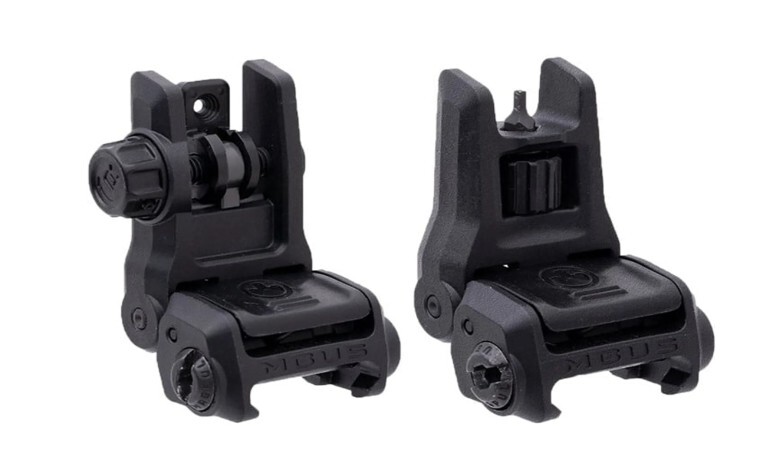
The Magpul MBUS 3 represents the latest evolution in polymer backup sights, striking an ideal balance between affordability and function. This updated design sits flatter on your rail than previous generations, keeping a lower profile until you need it.
When deployed via the ambidextrous buttons, these spring-loaded sights pop up instantly. Uses a standard A2 front post, compatible with widely available adjustment tools.
The dual aperture rear sight continues this versatility theme. The larger opening works great for close-quarters or low light, the smaller one provides a sharper sight picture for distance work. For most AR owners, these sights deliver everything needed without breaking the bank.
Price: $70-$80 (set)
Specs
- Material: Polymer
- Elevation Adjustment: Front (tool-required; A2 tool or tip of a cartridge)
- Windage Adjustment: Rear (knob)
- Orientation: Flip-up (spring-assisted)
Features
- Spring-loaded deployment with ambidextrous actuation
- Dual rear apertures for close vs. precise shots
- Standard A2 front post; widely compatible tools.
- Compatible with standard Picatinny rails
Pros
- Lightweight and budget-friendly
- Quick deployment; practical adjustments
- Huge ecosystem and proven track record
Cons
- Less "refined" feel than premium metal sets
- Polymer won't appease steel-only users
- Not the most compact option available
FAB Defense Flip-Up Sights – Simplest
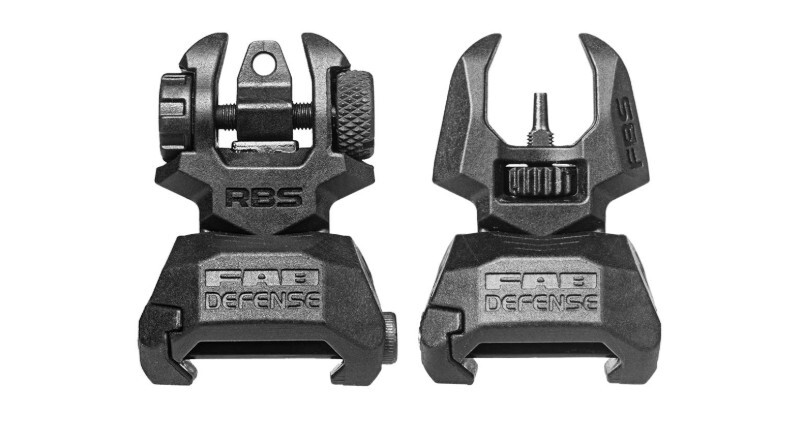
FAB Defense brings their Israeli military expertise to these straightforward flip-up sights. Unlike spring-loaded alternatives, these stay exactly where you put them—a feature many users appreciate when running aggressive C-clamp grips on their handguards.
The manual operation means these sights won't accidentally deploy when brushing against gear or barriers. The clean sight picture makes target acquisition intuitive, and the adjustments are simple enough for new users yet precise enough for experienced shooters.
For those who value simplicity and control over rapid deployment, these polymer sights hit a sweet spot. They're sturdy enough for hard use without the weight penalty of metal options.
Price:$80–$100 set
Specs
- Material: Polymer
- Elevation Adjustment: Front
- Windage Adjustment: Rear
- Orientation: Flip-up (manual detent; no spring)
Features
- Positive manual open/close; stays put under pressure
- Clear apertures for speed/precision use cases
- Lightweight construction reduces fatigue
- Compatible with standard Picatinny rails
Pros
- Less chance of unintended pop-up
- Friendly price point; easy to use
- Solid adjustability for most needs
Cons
- Chunkier profile than some slim flip-ups
- Not as rugged as steel sets
- No spring-assist for rapid deployment
Troy BattleSight Micro HK-Style – Best Value
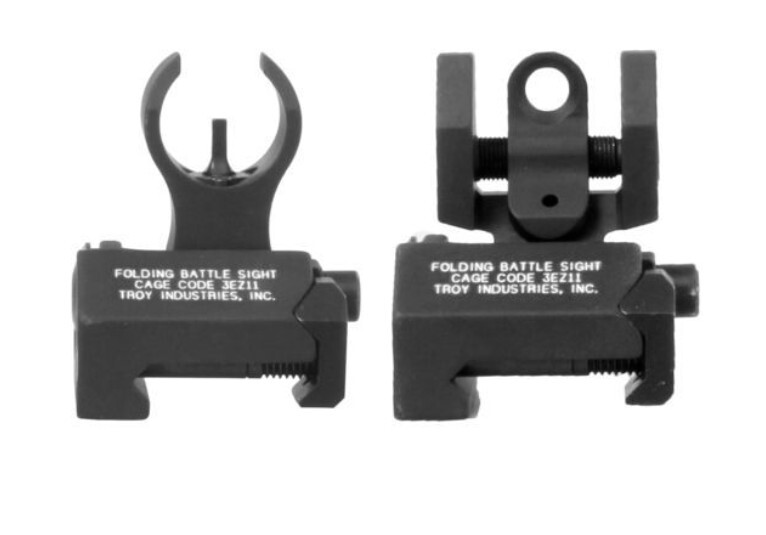
Important fit note: Troy “Micro” sights are designed for higher (not standard AR) rail heights—think HK416, SIG 556, and some pistol-caliber carbines. On a standard AR-15 flat-top + handguard, choose standard-height Troy sights, not “Micro.”
Troy’s Micro HK-Style sights blend compact dimensions with premium aluminum construction at a mid-tier price point. The standout feature is the HK-style circular front sight, which many shooters find gives a less cluttered sight picture than standard post designs.
At under 1.5 inches in length and only a couple of ounces, these sights practically disappear on your rail until needed. When deployed, they lock up firmly with positive clicks that inspire confidence during rapid transitions from optics.
The aluminum construction provides a significant durability upgrade from polymer options without the full weight penalty of steel. For those seeking metal BUIS without spending top dollar, Troy strikes an excellent middle ground — just make sure you pick the Micro for higher rail systems and the standard-height set for a typical AR-15 flat-top.
Price: $200-240 (set)
Specs
- Material: Aluminum
- Elevation Adjustment: Front
- Windage Adjustment: Rear
- Orientation: Flip-up
Features
- Short overall length; lightweight yet strong
- HK-style front ring aids rapid centering
- Secure detents maintain position under stress
- Pairs well with dots or scopes
Pros
- Metal construction at a fair price
- Compact, snag-resistant design
- Intuitive HK-style aiming
Cons
- Costlier than entry-level polymer
- No rear elevation drum (windage only)
- HK front preference is subjective
Magpul MBUS Pro – Best Metal
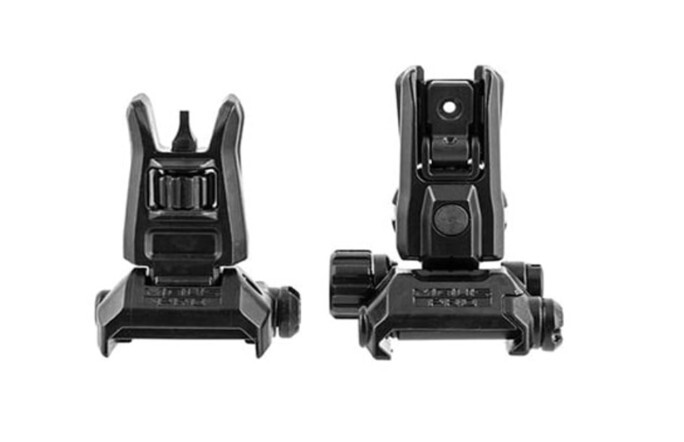
The MBUS Pro takes everything people love about Magpul's polymer sights and upgrades to a precision-machined steel construction. These sights maintain an incredibly low profile when folded—just .41 inches above the rail—yet deploy quickly when needed.
Recessed A2-type front elevation (tool); rear windage knob with positive clicks. Front elevation requires an A2 tool or small driver, while rear windage is tool-less via the knurled knob. This setup makes zeroing straightforward in the field, and both adjustments hold position through recoil and rough handling. The all-steel construction means these sights can take serious abuse without deforming.
For duty use or situations where absolute ruggedness matters more than weight savings, the MBUS Pro represents the gold standard in flip-up backup sights. They're an investment, but one that will outlast multiple rifles.
Price: $180–$200 (set)
Specs
- Material: Steel
- Elevation Adjustment: Front
- Windage Adjustment: Rear
- Orientation: Flip-up
Features
- Ultra-low profile when stowed
- Crisp detents for repeatable adjustments
- Excellent machining/tolerances for consistent zero
- Compatible with standard Picatinny rails
Pros
- Extremely durable; "set-and-forget" design
- Tool-less, precise adjustments
- Slim footprint; professional feel
Cons
- Expensive versus polymer choices
- Heavier than polymer counterparts
- Overkill for strictly casual use
Surefire Rapid Transition Sights – Best Offset
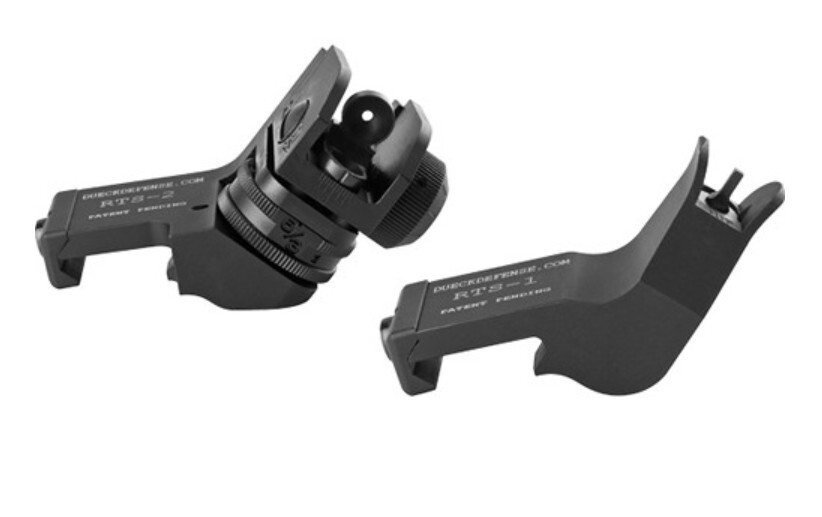
These originated as the Dueck Defense Rapid Transition Sights (RTS)—a Dueck Defense (RTS) / SureFire collaboration linked to Barry Dueck (a SureFire VP). Instead of flipping up, they mount at a 45-degree offset, allowing instant transitions between primary optics and irons with just a slight cant of the rifle. This design eliminates deployment time entirely.
The rear sight uses a fully adjustable drum system for true elevation and windage correction at distance. Up front, you get a recessed A2-type front elevation post that adjusts with a tool, and the rear features a windage knob with positive clicks for tactile, repeatable changes. That gives these offset irons capabilities normally reserved for primary iron sights.
Availability note: They are available in fiber-optic; some variants have tritium fronts—a premium touch for low-light pickup without relying on electronics. These sights remain a top choice for competitive shooters or anyone who needs the absolute fastest optic-to-iron transition possible. The added bulk is the trade-off for always-ready access.
Price: $199–$249 (set)
Specs
- Material: Aluminum
- Elevation Adjustment: Front & rear
- Windage Adjustment: Rear
- Orientation: Offset, 45°
Features
- Elevation adjustment: Front sight (A2 post)
- Windage adjustment: Rear RTS (windage-only; no A2 elevation drum)
- Available with tritium or fiber-optic front options
- Robust, duty-oriented assembly
- Mounts to top Picatinny rails
Pros
- Fastest transition from optic to irons
- True distance/wind adjustments
- Works brilliantly with magnified optics
Cons
- Bulkier; potential snag points
- Heavier than minimalist flip-ups
- Pricier than polymer sets
Side-by-Side Specs Comparison
| Model | Material | Elevation Adj. | Windage Adj. | Orientation | Price |
|---|---|---|---|---|---|
| Magpul MBUS 3 | Polymer | Front (A2 tool) | Rear | Flip-up | $70–$80 (set) |
| FAB Defense | Polymer | Front | Rear | Flip-up (manual) | $80–$100 (set) |
| Troy HK Micro | Aluminum | Front | Rear | Flip-up | $200–$240 (set) |
| Magpul MBUS Pro | Steel | Front (A2 tool) | Rear | Flip-up | $180–$200 (set) |
| Surefire RTS | Aluminum | Front only | Rear | Offset 45° | $199–$249 (set) |
Buyer's Guide: Choosing the Right BUIS
Materials Matter
Your choice of materials impacts weight, durability, and price:
Polymer sights like the Magpul MBUS 3 and FAB Defense are lightweight and affordable. They've come a long way in durability and work great for most civilian applications. If you're counting ounces or dollars, polymer makes sense.
Aluminum sights (Troy, Surefire) hit the middle ground—tougher than polymer but lighter than steel. They handle rough use better and typically have finer machining tolerances.
Steel sights like the MBUS Pro represent the premium tier. They're virtually indestructible and maintain perfect zero through abuse that might damage other materials. The trade-off is extra weight and cost.
As one firearms expert notes, "When the lights go out" and optics fail, your backup sights become your primary aiming system so choose materials that match your confidence needs.
Orientation & Setup
Backup sights come in three main configurations:
Flip-up sights stay down and out of the way until needed. They maintain the cleanest profile but require that extra step of deployment when your optic fails.
Fixed sights are always ready but can clutter your sight picture through an optic.
Offset sights (like the Surefire RTS) mount at 45 degrees, allowing instant transitions without deployment. They add bulk but eliminate transition time.
Most modern setups use flip-up BUIS that co-witness with red dots. "Co-witnessing" means your iron sights align with your red dot, giving you two sighting systems in one sight picture. This comes in two flavors:
- Absolute co-witness: Iron sights and red dot perfectly aligned
- Lower 1/3 co-witness: Iron sights appear in the lower third of the optic window
Adjustments & Apertures
Most BUIS follow a standard adjustment pattern:
- Front sight adjusts for elevation (up/down)
- Rear sight adjusts for windage (left/right)
Premium options like the Surefire RTS offer adjustments on both sights, enabling more precise zeroing at various distances.
Many rear sights feature dual apertures:
- Larger opening for close-quarters and low light
- Smaller opening for precision at distance
Mounting & Compatibility
Almost all BUIS mount to standard Picatinny rails. Key considerations:
- Height compatibility with your optic mount for proper co-witnessing
- Rail space requirements (some sights need more rail than others)
- Sight radius (distance between front and rear sight) affects accuracy
HowTo: Zero & Co-Witness Your BUIS
- Start with mechanical center: Set windage and elevation adjustments to their middle positions
- Establish your zero:
Most AR-15s are zeroed at 50 yards (which also works at 200 yards)
- Fire a 3-shot group
- Adjust front sight for elevation (up/down)
- Adjust rear sight for windage (left/right)
- Repeat until bullets hit point of aim
- Co-witness with your optic:
- Mount your red dot/optic
- Look through the optic with BUIS deployed
- Confirm both sighting systems align to the same point of impact
- For absolute co-witness: Iron sights centered in optic
- For lower 1/3: Iron sights visible in bottom third of optic window
- Practice transitions:
- From optic to BUIS and back
- For flip-ups: Deploy quickly without looking
- For offset sights: Roll the rifle smoothly
Why Trust ProArmory
Our picks come from ProArmory’s team experience — drawn from military service, competitive shooting, and hands-on work in gun shops — plus close reading of specs, user reports, and independent reviews. We do not take input or favors from brands. We grade each product the same way for toughness, ease of use, and value.
We have not done live-fire or bench tests ourselves. Instead, we study field reports, verified user stories, and maker documents to judge key points like how well a mount stays put, handling, and return-to-zero. We also factor in notes on glove use, low-light work, and speed under pressure, so our picks match real use in the field.
Bottom Line
The best backup iron sights for your AR-15 depend on your specific needs and budget:
- Casual/Budget Shooters: Magpul MBUS 3 offers the best value-to-performance ratio
- Hard-Use/Duty: Magpul MBUS Pro provides bombproof steel construction
- Competition/Fast Transitions: Surefire RTS eliminates deployment time entirely
- Mid-Range Quality: Troy HK-Style gives metal construction at a reasonable price
- Simplicity Focused: FAB Defense manual flip-ups stay exactly where you put them
Whatever you choose, remember two things: First, zero your BUIS properly. Second, practice transitioning to them regularly. The best backup sights in the world won't help if you can't use them effectively when your optic fails.

Magtech 5.56 NATO 62gr FMJ
$26.54
at Pro Armory
Prices accurate at time of writing
Frequently Asked Questions (FAQs)
Do I still need BUIS with a modern red dot?
Yes. Even the best optics can fail from battery death, damage, or electronics issues. BUIS provides insurance against these failures at a critical moment.
Are polymer sights durable enough for serious use?
Modern polymer sights from reputable manufacturers stand up to substantial abuse. For duty/combat use, metal offers additional peace of mind, but quality polymer sights work fine for most civilian applications.
What's the right zero distance for AR-15 BUIS?
Most users prefer a 50/200 yard zero (bullet crosses line of sight at 50 and 200 yards). This keeps you combat effective from 0-250 yards without holdover.
When are offset irons better than flip-ups?
Offset irons excel when using magnified optics or when transition speed is critical. They're popular in competition and with users who frequently switch between distance and close targets.
Should my BUIS match my front sight post?
Ideally, yes. A fixed front sight post and flip-up rear sight work, but matching sets ensure consistent sight picture and height.
About the Author
This article was written by the ProArmory writing team based on current research, including studies from reputable sources like the Journal of Military Science, Firearms News, and the National Shooting Sports Foundation. We also referenced trusted information from official defense publications and respected firearm authorities such as the ATF, NRA, and manufacturer manuals.
Disclaimer: The information provided in this article is for educational purposes only. ProArmory does not personally test or endorse specific products. All recommendations are based on research, industry experience, and user feedback. Product specifications and prices may change over time.




 Pro Armory Editorial Team
Pro Armory Editorial Team
